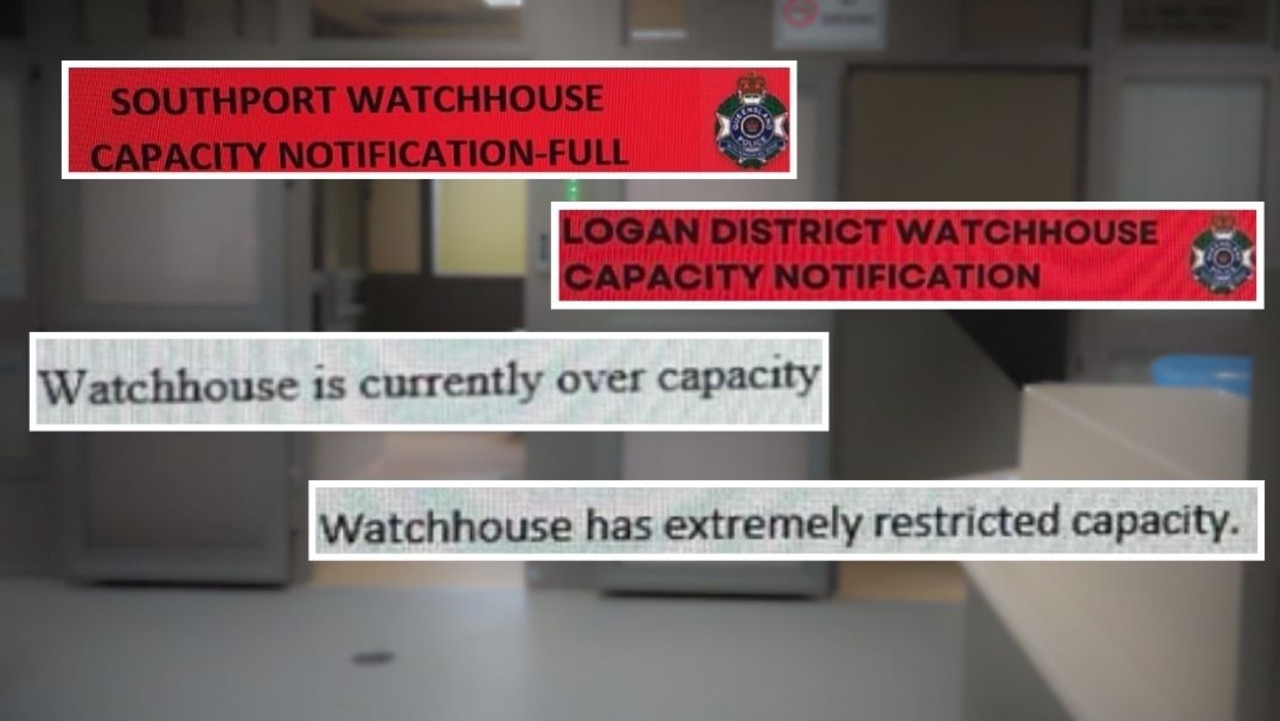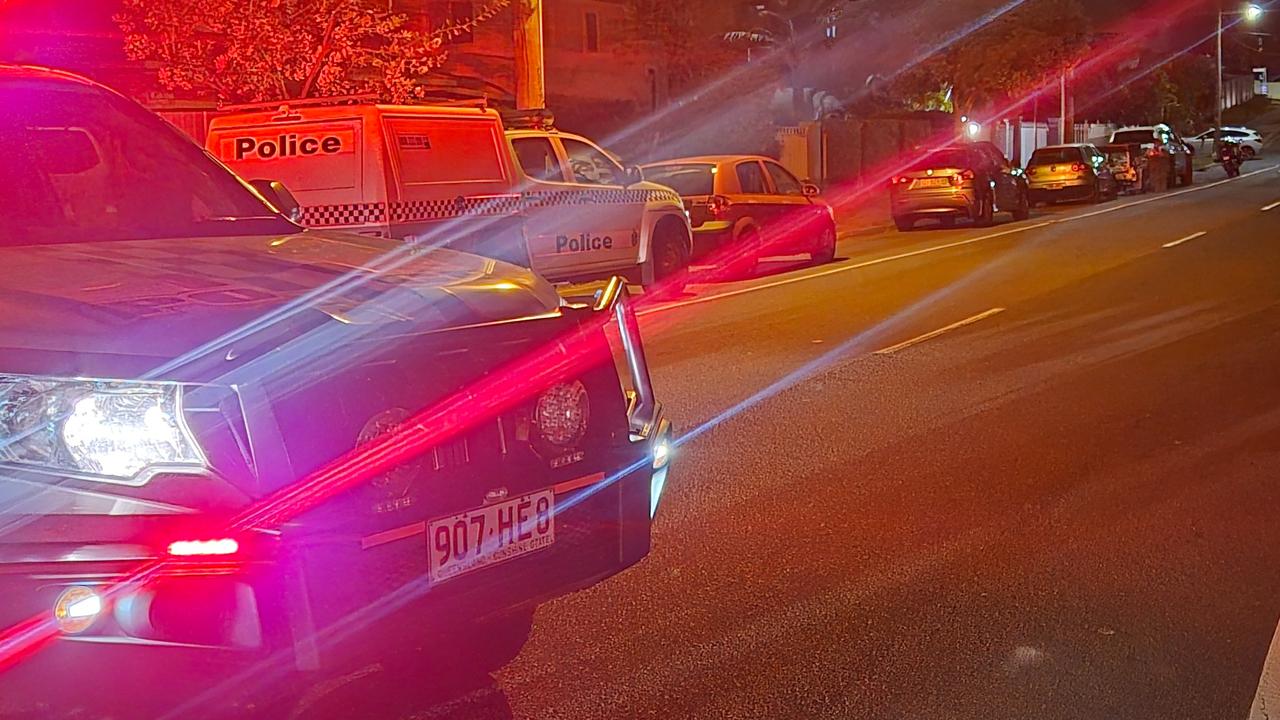Mackay and Whitsunday airports could face disruptions amid new industrial action
A union had announced airport staff would go on strike after ‘leaked documents’ revealed travellers are at ‘extreme’ risk in 13 airports across the country due to staffing shortages — but it’s been averted at the final hour.
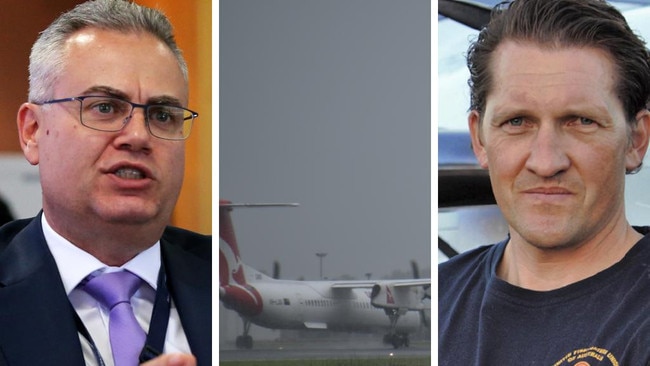
Emergency Services
Don't miss out on the headlines from Emergency Services. Followed categories will be added to My News.
A potential strike by airport fireys has been called off after an agreement was reached with the government body and union.
The United Firefighters Union of Australia Aviation Branch union had been in negotiations with Airservices Australia (Airservices) over disputes around safety, rostering, and conditions.
An Airservices spokesman said an “in-principle agreement” had been reached on a new enterprise agreement covering firefighters.
“In recognition of the in-principle agreement, all protected industrial action has been called off, and a planned work stoppage by ARFF services employees on Monday 15 April will not proceed,” they said.
“The UFU and Airservices will share more detail of the in-principle agreement once ARFF services employees have been properly engaged on the proposed changes to their workplace terms and conditions.”
EARLIER:
Airports across the Greater Whitsunday region have been deemed “extreme risks” for customers due to shortage of firefighting crews across the whole country, with firefighting crews preparing to strike.
The United Firefighters Union of Australia Aviation Branch union has been in negotiations with Airservices Australia (Airservices) — the government body responsible for air safety — but both parties have been unable to reach an agreement.
Industrial action had been in the works for the Easter weekend, with firefighting staff refusing to work overtime, but the union has now announced more radical measures would be taken from April 15 with staff stopping work for four hours starting at 6am.
The union says this is due to figures listing multiple airports that would present an “extreme risk” for their customers based on fire and rescue response readiness.
Airservices claims the dispute has nothing to do with staff shortages, and instead comes down to the union asking for a pay rise of 20 per cent.
“These stoppages, on which Airservices is seeking clarification, threaten to disrupt the travel plans of thousands of Australians who are still enjoying the school holidays,” a spokeswoman for the company said.
“Over five months of negotiations, Airservices has offered ARFF crews an 11.2 per cent pay rise over three years, a range of enhanced conditions and no reduction in current conditions, however the UFUAV is demanding a 20 per cent pay rise as part of a range of claims that in total would cost the aviation industry and their passengers an additional $128m.”
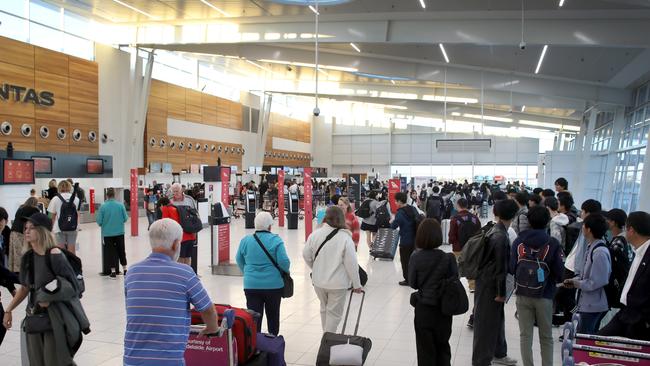
Whitsunday and Mackay airports at “extreme risk”?
A ‘Task Resource Analysis’ undertaken by Airservices, and released to a Senate inquiry in June plays a key role in the fight between the parties.
That document makes reference to the minimum number of competent personnel required to deliver an effective Airport Rescue Firefighting Service, testing against different risk scenarios.
The TRA document notes it is “...not a formal risk assessment” in the same way an operational risk assessment would be.
But the scenarios within it have caused a great deal of concern to the firefighters.
United Firefighters Union — Aviation Branch Secretary Wes Garrett claims the TRA showed that air travellers at all Australian airports faced at minimum a ‘high’ risk to their safety, should an incident occur.
“These resource shortages include a lack of key personnel to operate breathing apparatus, shortages of firefighting agents to suppress multiple incidents, insufficient personnel and vehicles to protect both sides of a crashed aircraft, a lack of personnel for effective fire ground command and control, and a lack of procedural control at Australia’s airports,” he said.
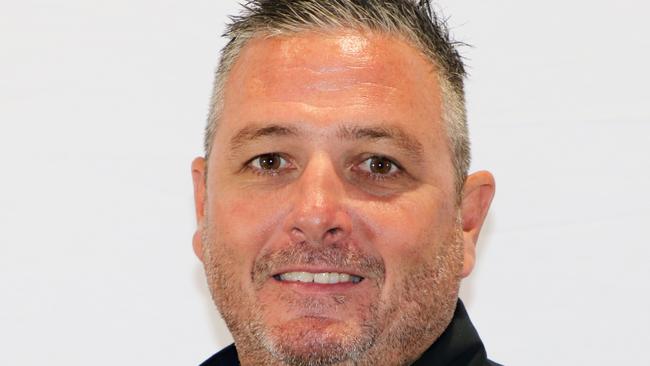
Both the Mackay and Hamilton Island airports were on the union’s list for “extreme risk”, while the Whitsunday Coast airport was deemed a “high risk”, based on the documents the union says were internally leaked, but Airservices claim were tabled as part of regular government processes.
Locally, Whitsunday Coast Airport CEO Craig Turner said he was confident there would be “no operational impact” on the airport after receiving correspondence from Airservices, with firefighters not targeting the airport.
He did not comment on the TRA scenarios mentioned by the union.
Mackay Airport CEO Richard Barker said the airport was yet to receive formal notification of planned action regarding the union’s claims.
“After we are briefed, in line with standard procedures, our team will meet with relevant authorities and our airline partners to determine any potential operational impact,” Mr Barker said.
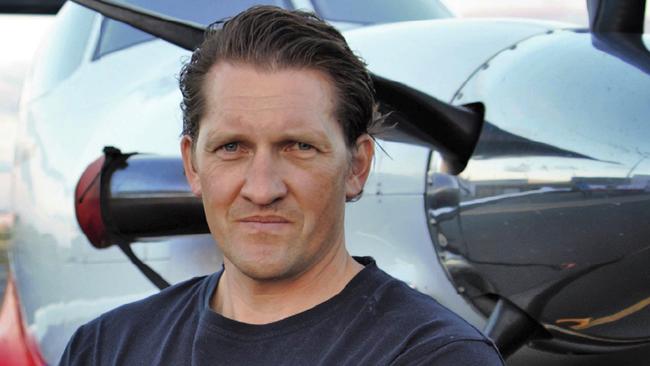
An Airservices spokesperson said the TRA did not measure current operational risk, and that the TRA recommendations were not mandatory for any airports to implement.
“Airservices conducts operational risk assessments to capture and define the management of risks and manage them to a level that is as low as reasonably practicable, and the TRA documentation states that Airservices’ existing processes are both effective and appropriate for current levels of operational risk,” the spokesman said.
The company said they were currently implementing some of the TRA guidelines by adjusting staffing levels at Category 6 locations, with more recruitment in progress, and that they had been investing more in fleet and equipment.
A concealed report?
Mr Garrett claimed the TRA report had been deliberately concealed from the public, only released a long time after being written.
“Airservices Australia conducted the TRA from 2021 to 2022 but only released the documents recently after concerted efforts from members of the Australian Senate’s Rural, Regional Affairs and Transport Committee to make them available,” he said.
An Airservices spokesman claimed the documents had never been hidden, as they had been publicly available since being presented to the Senate Estimates in June 2023.
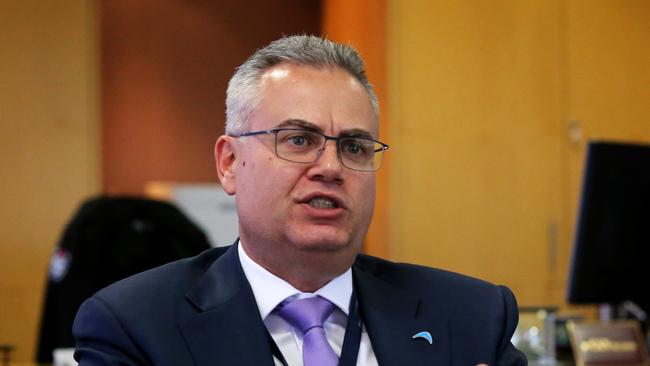
This is the full list of airports impacted according to the union
AIRPORTS FOUND TO HAVE AN ‘EXTREME RISK’
Brisbane
Melbourne
Perth
Adelaide
Avalon
Cairns
Darwin
Hamilton Island
Alice Springs
Mackay
Ayers Rock
Ballina
Gladstone
AIRPORTS FOUND TO HAVE A ‘HIGH RISK’
Airports found to have “high” fire and emergency response readiness risk under the TRAs include:
Sydney
Canberra
Coolangatta
Hobart
Launceston
Sunshine Coast
Townsville
Broome
Coffs Harbour
Karratha
Newman
Port Headland
Rockhampton
Whitsunday Coast
The operators of Mackay airport were contacted for comment, but were unable to provide that response prior to publishing.

